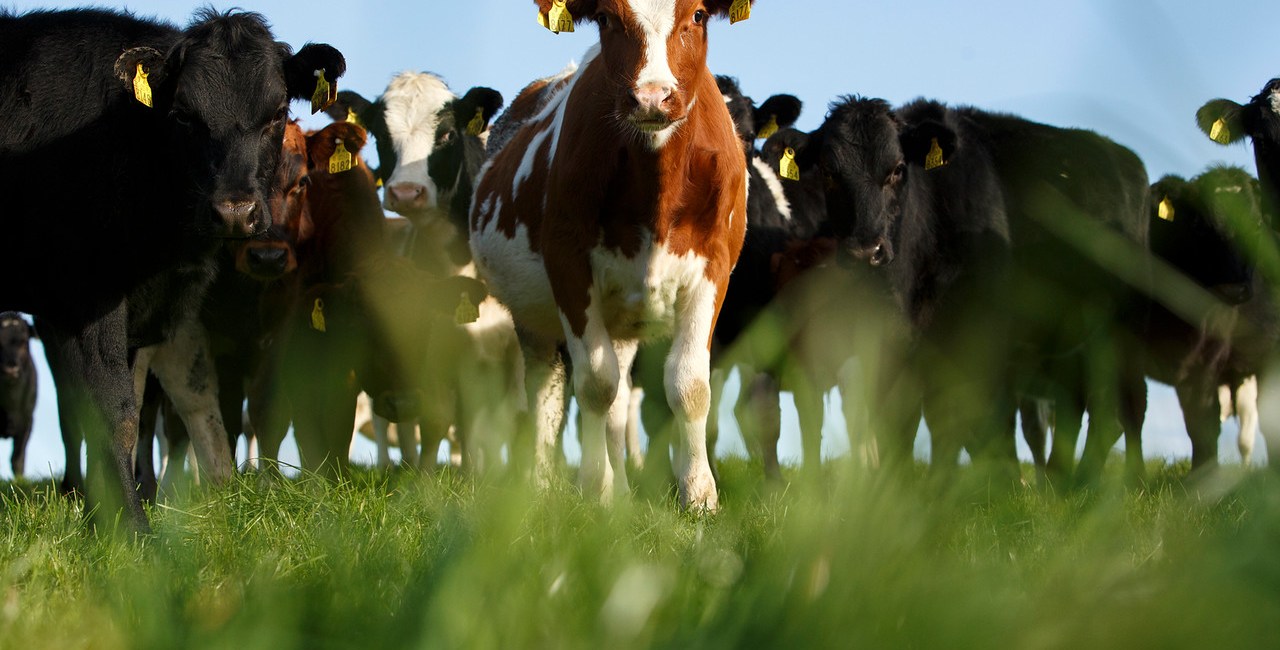
Watch: Tullamore Farm Series – Sheep – Bovilis
The Tullamore Virtual Farm Series featured MSD’s Sarah Campbell covered a range of animal health issues facing sheep farmers.
Read more about Watch: Tullamore Farm Series – Sheep – Bovilis

The Tullamore Virtual Farm Series featured MSD’s Sarah Campbell covered a range of animal health issues facing sheep farmers.
Read more about Watch: Tullamore Farm Series – Sheep – Bovilis

Many batches of calves and weanlings are being let out to grass now; a welcome relief to farmers’ workload. An important question – have they had their
Read more about Time for turnout – time for Tribovax 10 – Bovilis